Tags: Uranus
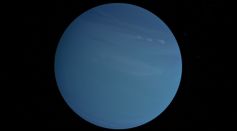
Uranus Expels a Huge Plasma Bubble 22,000 Times the Size of Earth During Voyager 2's Space Journey
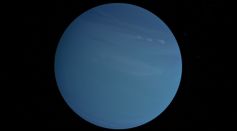
Uranus Mission? NASA Scientist Urges Specialists to Examine the Pale Blue Ice Giant

Odd Planet Uranus Is Leaking Gas Every 17-Hours While Spinning on an Unusual Axis [Study]

Moon Causes Uranus To Tilt 98 Degrees [Study]

Making Nanodiamonds From Plastic Bottles Reveal 'Diamond Rain' Could Be More Common Than Previously Thought

Best Astronomy Events August 2022: Here's What Stargazers Should Expect After The Uranus, Mars Planetary Conjunction on Sunday
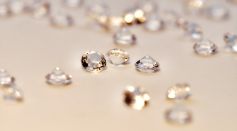
Diamonds Are Falling in Uranus and Neptune: What Will the James Webb Space Telescope See Inside The 2 Ice Giant Planets
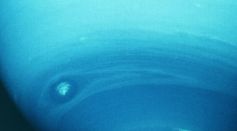
Uranus and Neptune: These 2 Planets May Have Many Similarities But They Differ in Color; Here’s Why
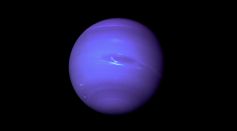
Why Is Uranus Weird? 4 Interesting Facts About the Planet That Astronomers Almost Named 'George'
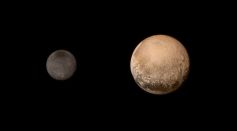
What Is Causing Pluto's Unstable Orbit? Researchers Finally Crack the Code

Elon Musk Wants NASA To Use SpaceX Falcon Heavy For Uranus Mission

Should NASA Prioritize Probing Ice Planet Uranus? Here’s What Planetary Scientists Recommend!

Scientists Explain Why Ice Giants Uranus and Neptune Have Different Shades of Blue

Could It Be Raining Diamonds in Uranus and Neptune? Scientists Use Mathematical Model to Find Out What's Happening Inside the Ice Giants
Ring Around The Planets: What Are Planetary Rings Made Of? Why Are They There?
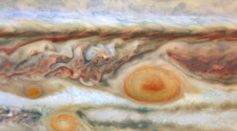
Hubble Space Telescope Releases Mind-Blowing Images Captured from Outer Solar System's Gas Giants Showing Unique Planetary Activities
November Sky Events 2021: Don’t Miss Meteor Showers, New Moon, And Uranus!
Auroras on Uranus: Scientists Create Latest Map on Planet’s Mysterious Light
Superionic Hot Ice Theorized to Maintain Magnetic Fields Present in Uranus and Neptune
Jupiter May Have Solved Mystery of Uranus, Neptune Atmosphere; Absence of Ammonia Explained
Most Popular

Orionids Meteor Shower Happening Next Week: Where and When To Catch the October Light Show's Peak

Texas Official Shot Down Siren Flood Alert, Complaining That It Might Go Off 'In the Middle of the Night': Report

Nvidia's Jetson Thor Could Make Humanoids Smarter Than Ever

Hellfire Missile Video Reveals MQ-9 Reapers Being Used for Aerial Combat





